Description
Description: Chinese exceptional bamboo brush holder carved with a poem written in grass (cursive) script. What makes this bitong exceptional are: the fact that it is very rare to find grass scripts on carved bamboo bitongs, the inscription incised, and the quality of the carving. The inscription incised here is “Feelings” (感怀帖), a letter written by Wang Xizhi, who is believed as having been the greatest calligrapher of ancient China. Although Wang Xizhi excelled in the running script (Xingshu 行書) calligraphy, it was unusual to find his works in the grass/cursive script (草書 Caoshu). The original script of Wang Xizhi is now located in Ding Zhou in Hebei province. (Ding Zhou is also where the kilns of the famous Ding Yao porcelain from the Song period are located). The inscription can be loosely translated as follows:
“I have a deep feeling for autumn
I received news that you have arrived at Lo
However, with much regret, I am unable to meet up with you
I hope you are well lately
Yours sincerely, Wang Xizhi”
The last four pictures are showing: the full text (pictures taken on the bitong “as found”, before cleaning), the original Wang Xishi’s writing, and a direct comparison of the carving and the original text (divided in two pictures for better readability). It can be seen that the carver did a great job in transporting the calligraphy to a new medium and retaining all the strokes and style of the original calligraphy. Not forgetting that the brush pot is circular, the curved surface making it more challenging for the artist.
Dating: 19th century. The base of the bitong bears the inscription “Made in Jiading”. Jiading (嘉定) was a traditional center for bamboo carving since the Ming dynasty. In Jiading, that is now part of the Great Shanghai, there is the Jiading Bamboo Museum. On the site of the Museum, there is no way to contact them by email. Then, a Chinese friend of us contacted the Museum, submitting them the pictures of our bitong. All what it has been possible to have from them is that they did show the pictures to an expert who said that the bitong is 19th century, and nothing more.
Size: 16 cm high
Provenance: Antiquarian market
References:
Notes: It is generally said that bitongs and inkstones should not be cleaned. But it is true that all the bitongs that are on sale at the major auction houses are clean, and besides that, also waxed as shown by the bright surfaces. On top of that, a great collector of bitongs, who saw the pictures of this bitong “as found”, told us that it should be cleaned and also waxed in order to keep it less dry, thus less prone to crack. So, we did it. Before of the picture of the whole inscription, there is a picture comparing the bitong “as found” and after the cleaning. The two pictures before that one are of the bitong “as found”.
About Wang Xizhi, read the Notes of the ceramic snuff bottle C16.
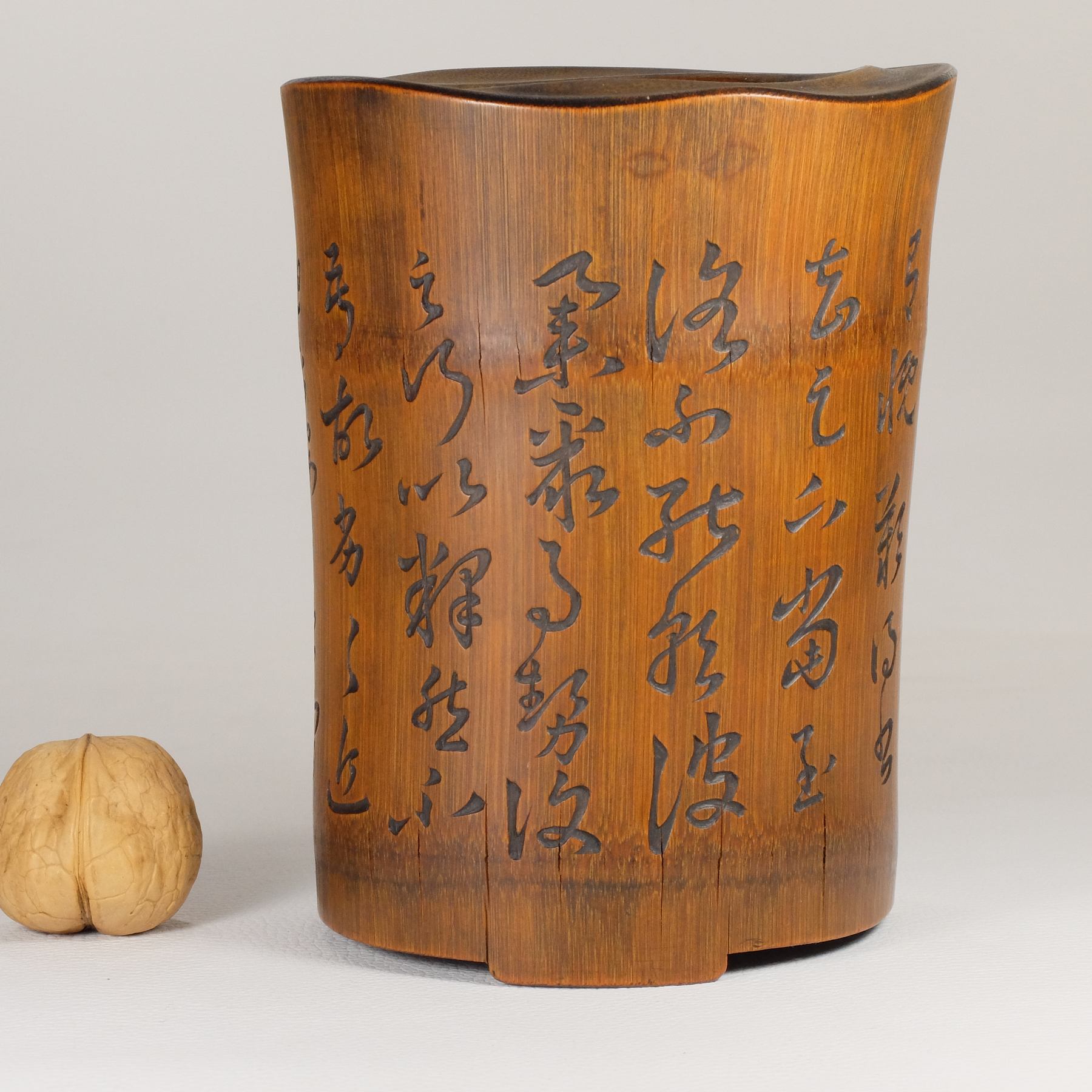

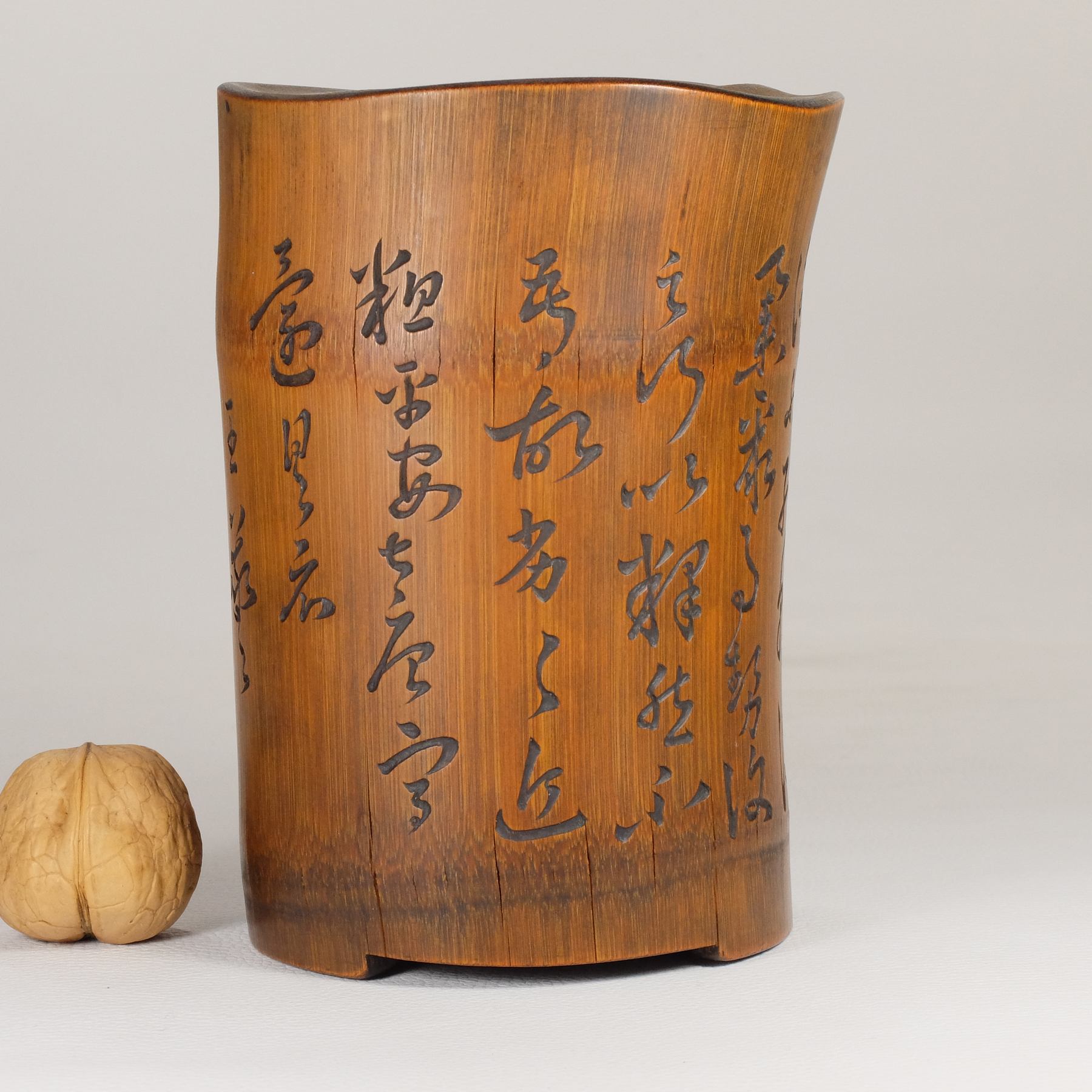
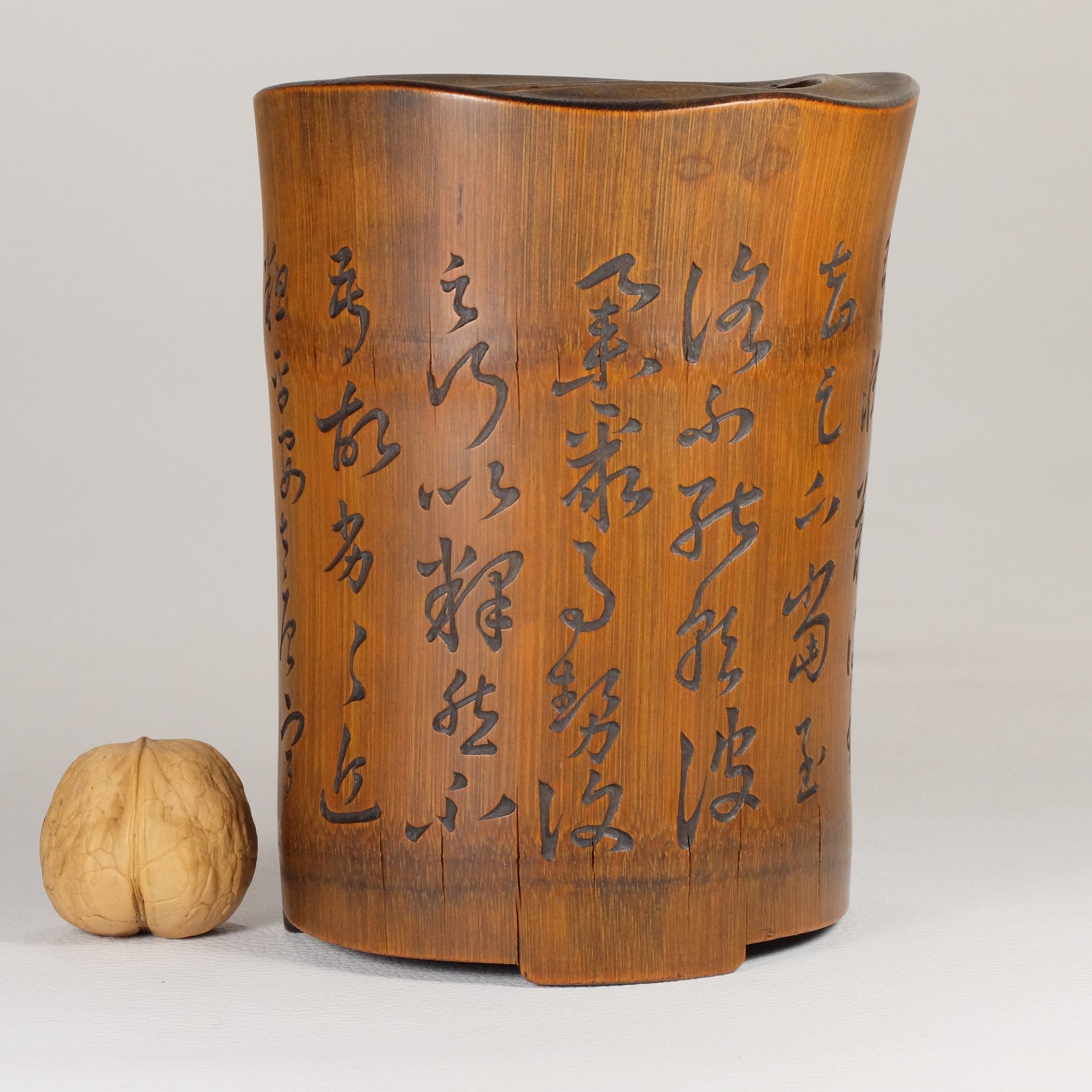
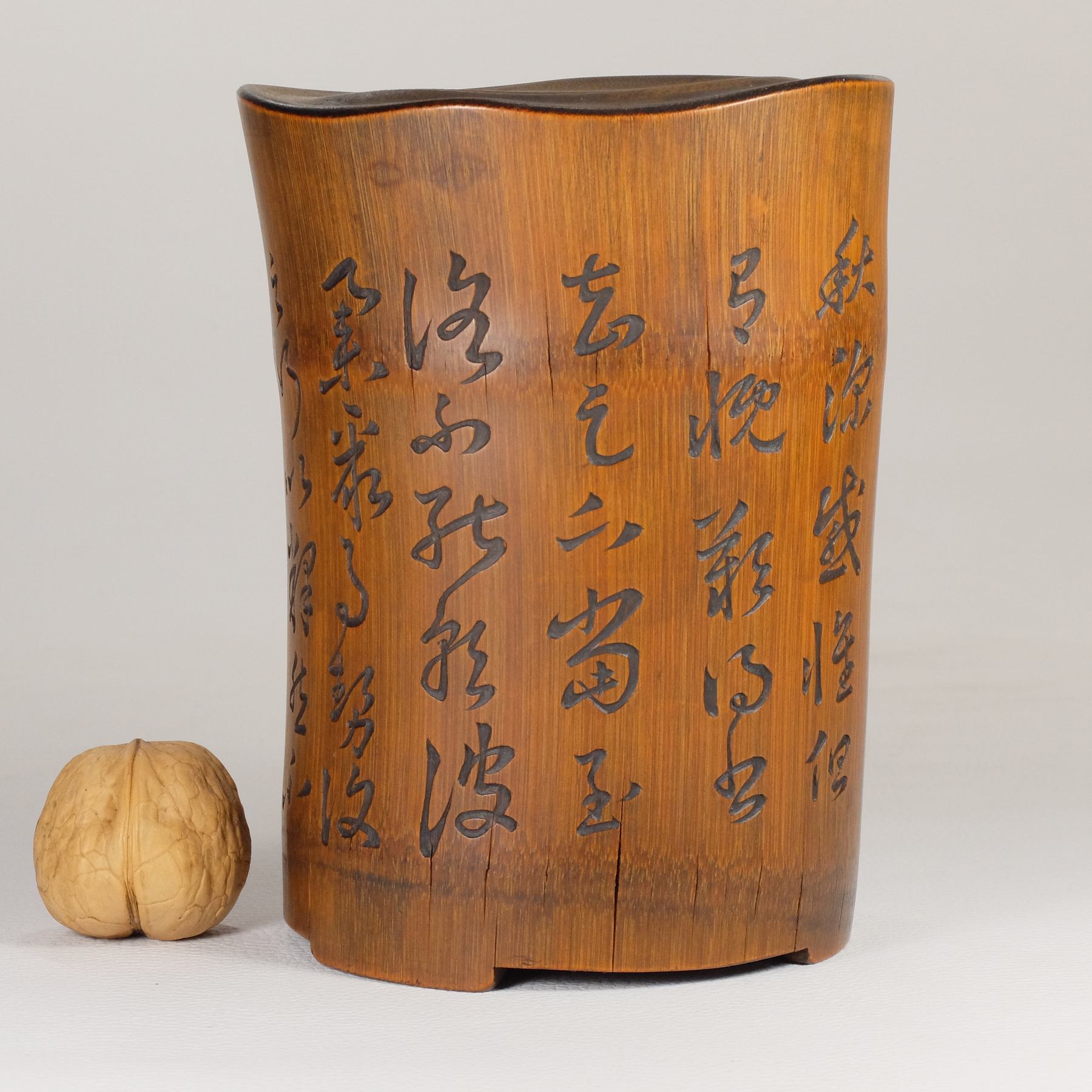
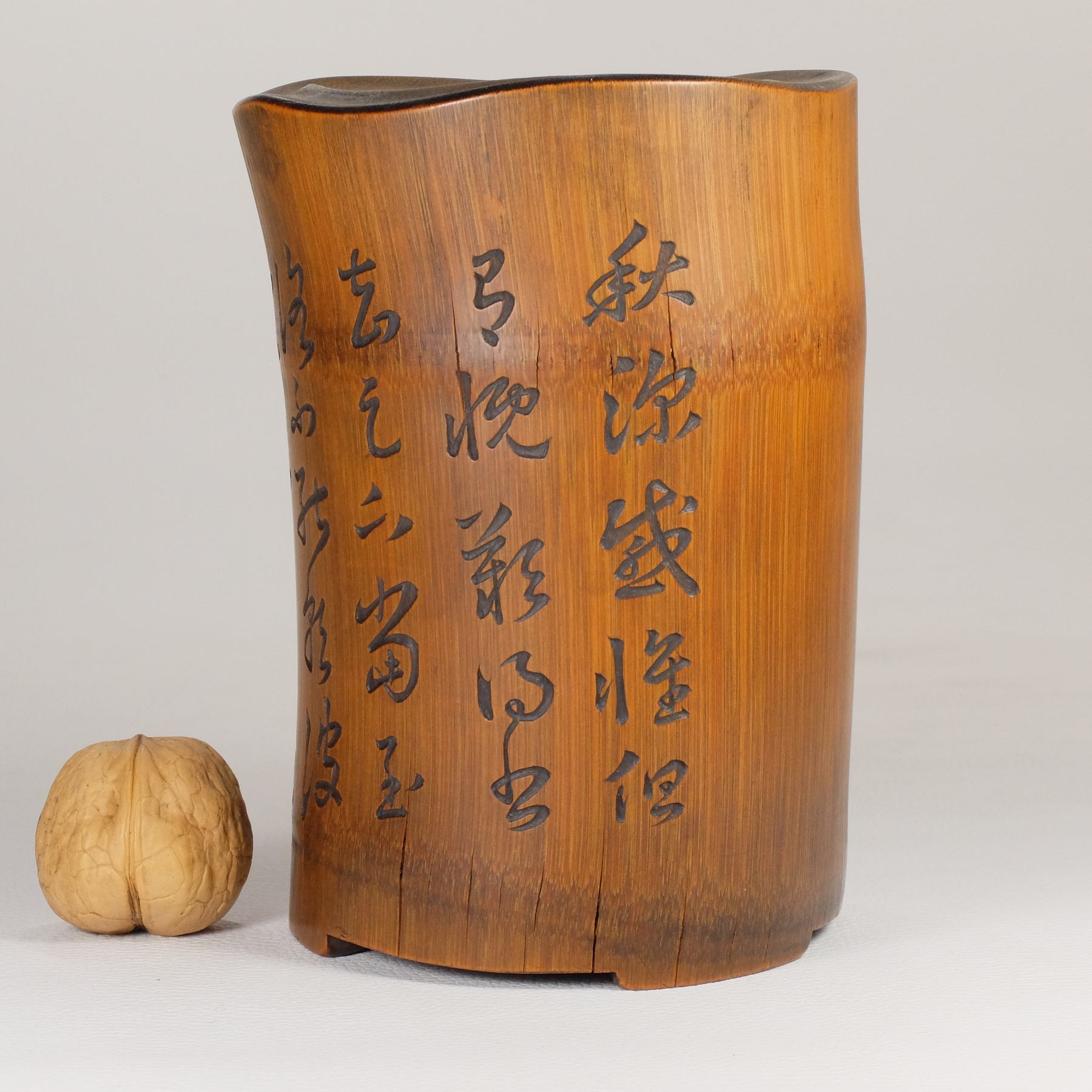
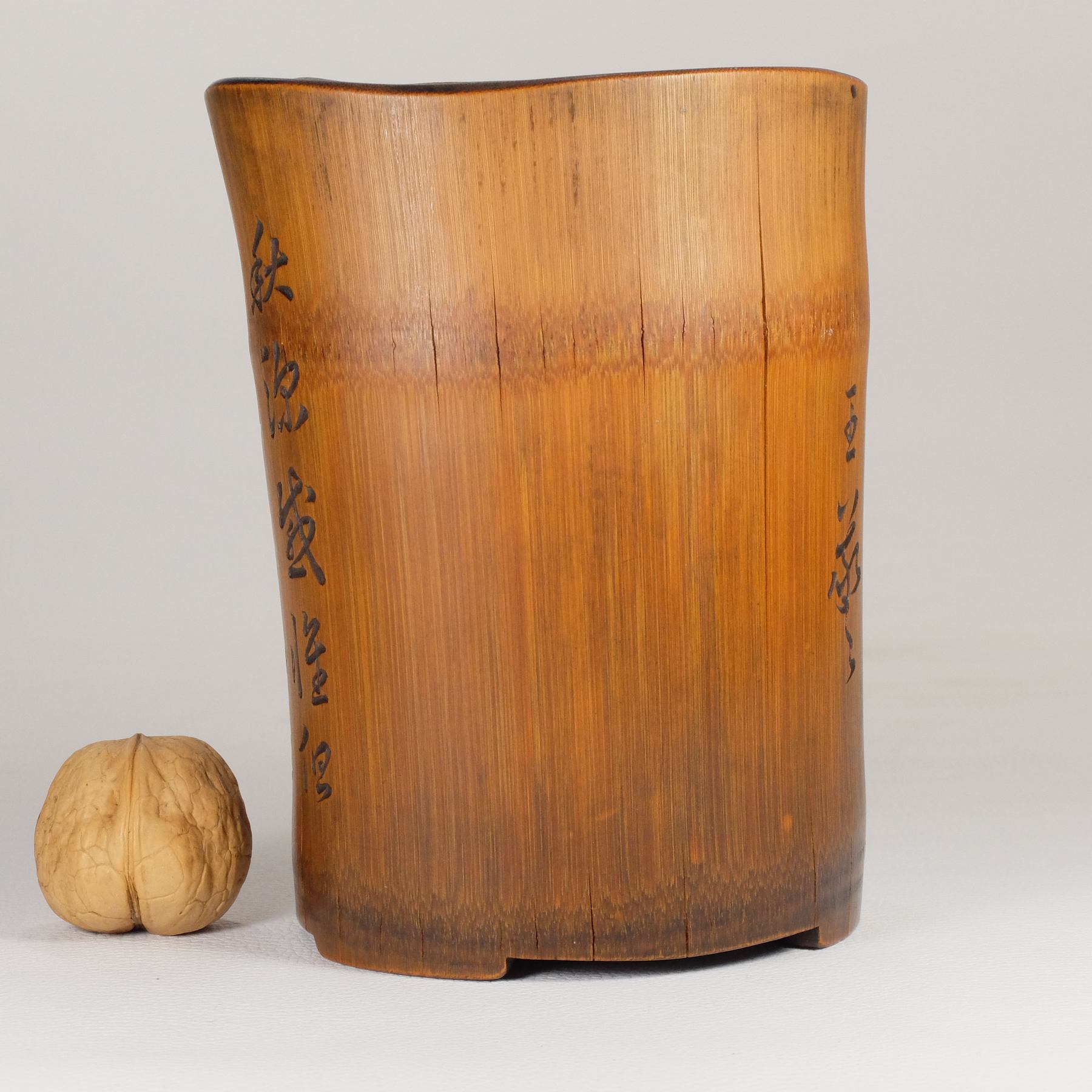

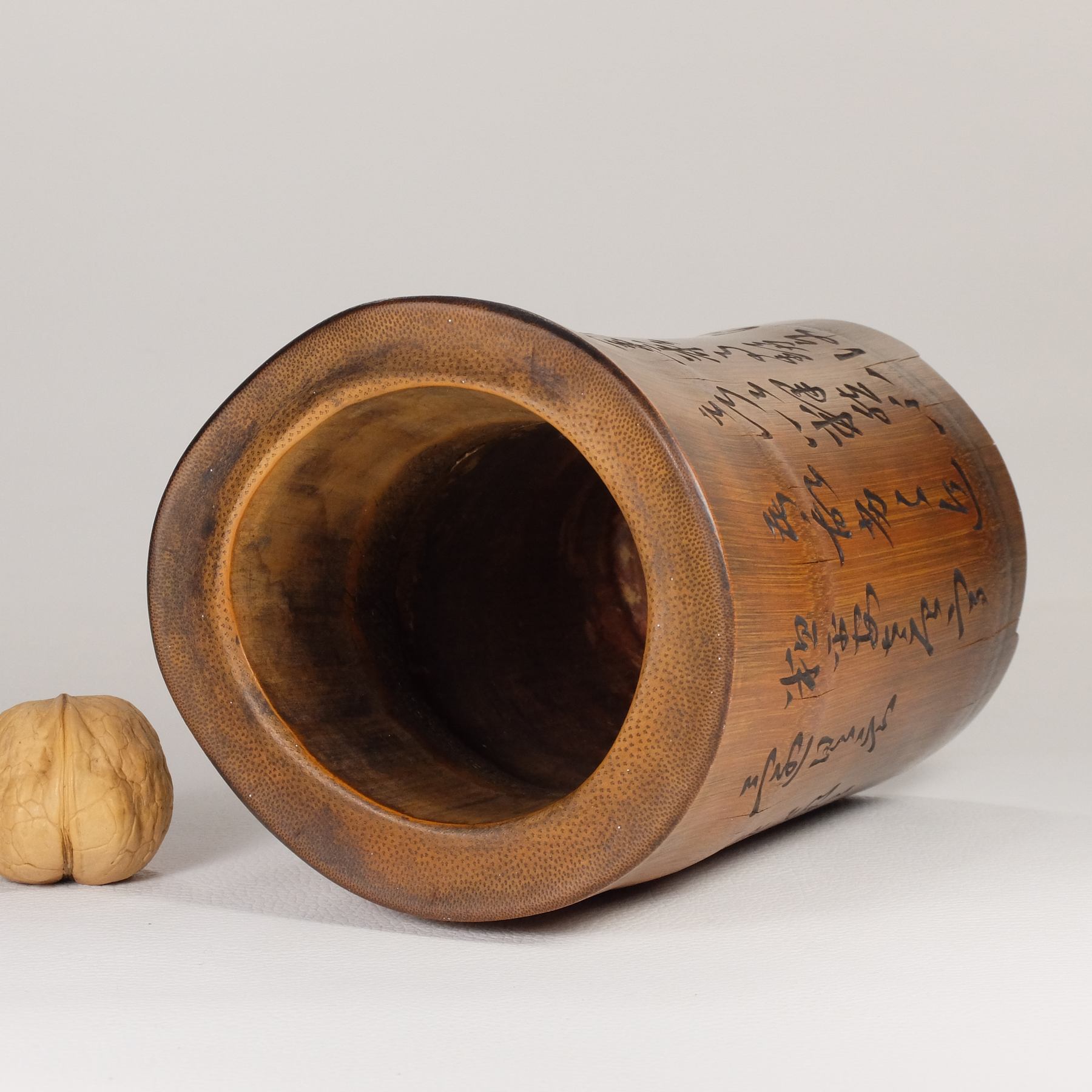
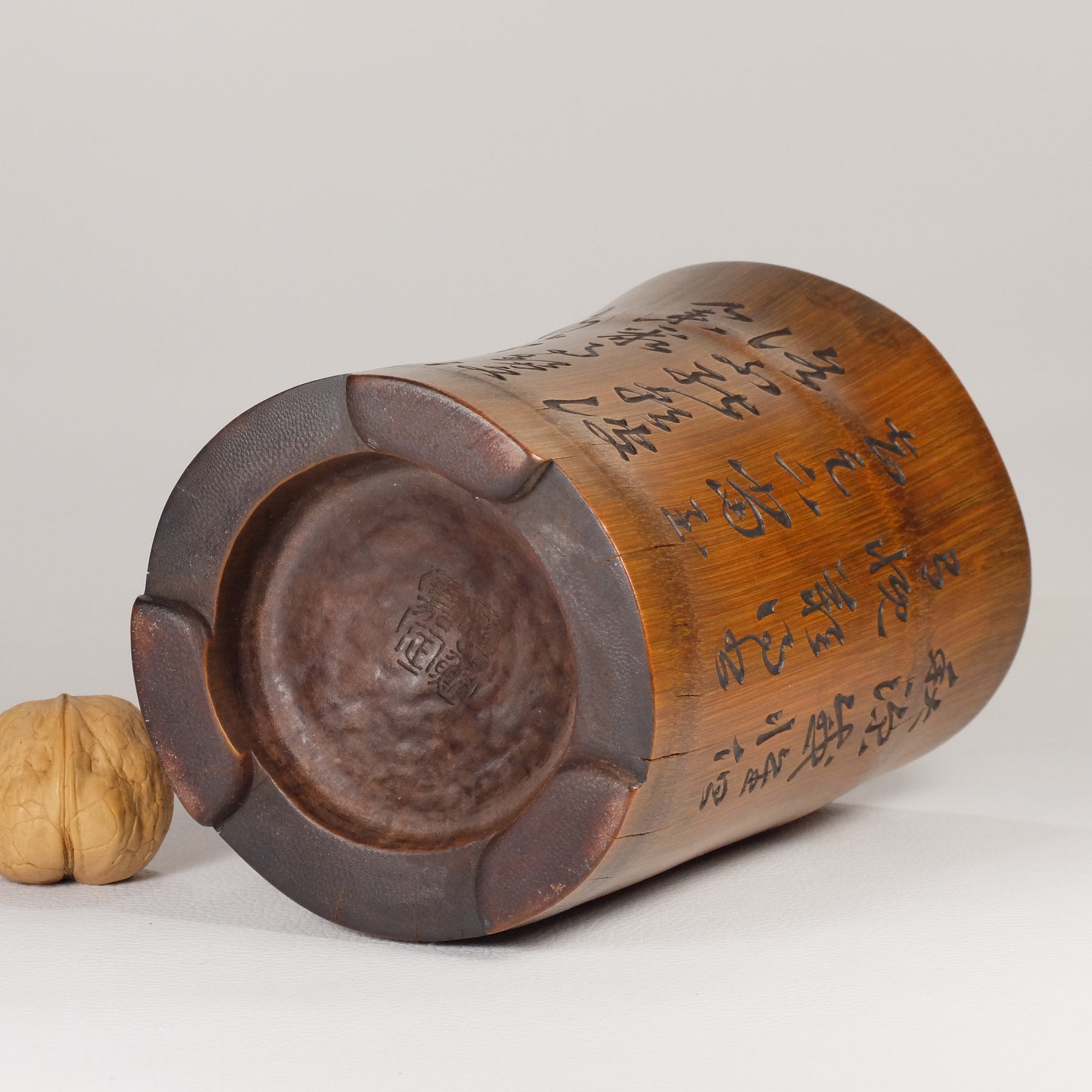
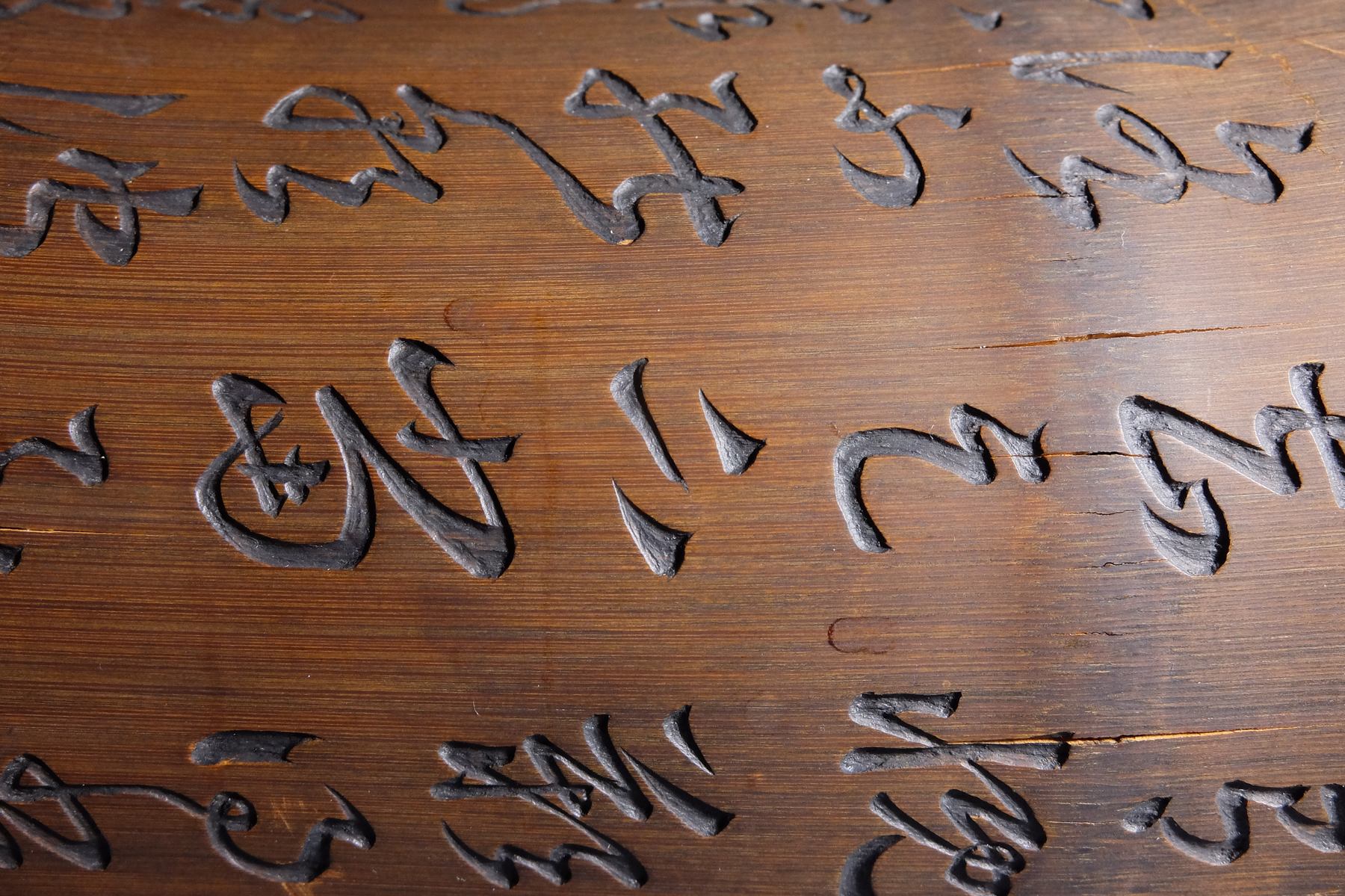
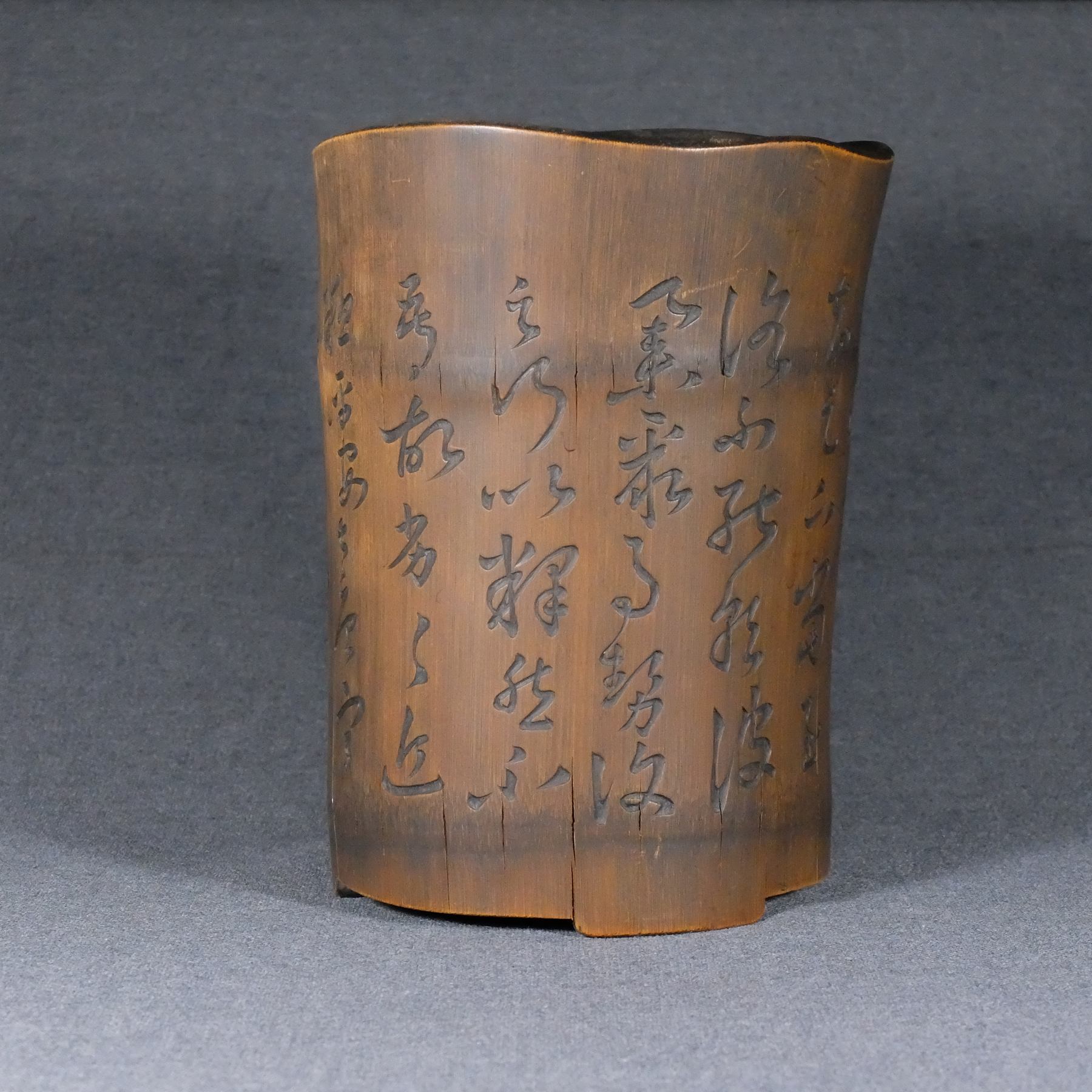
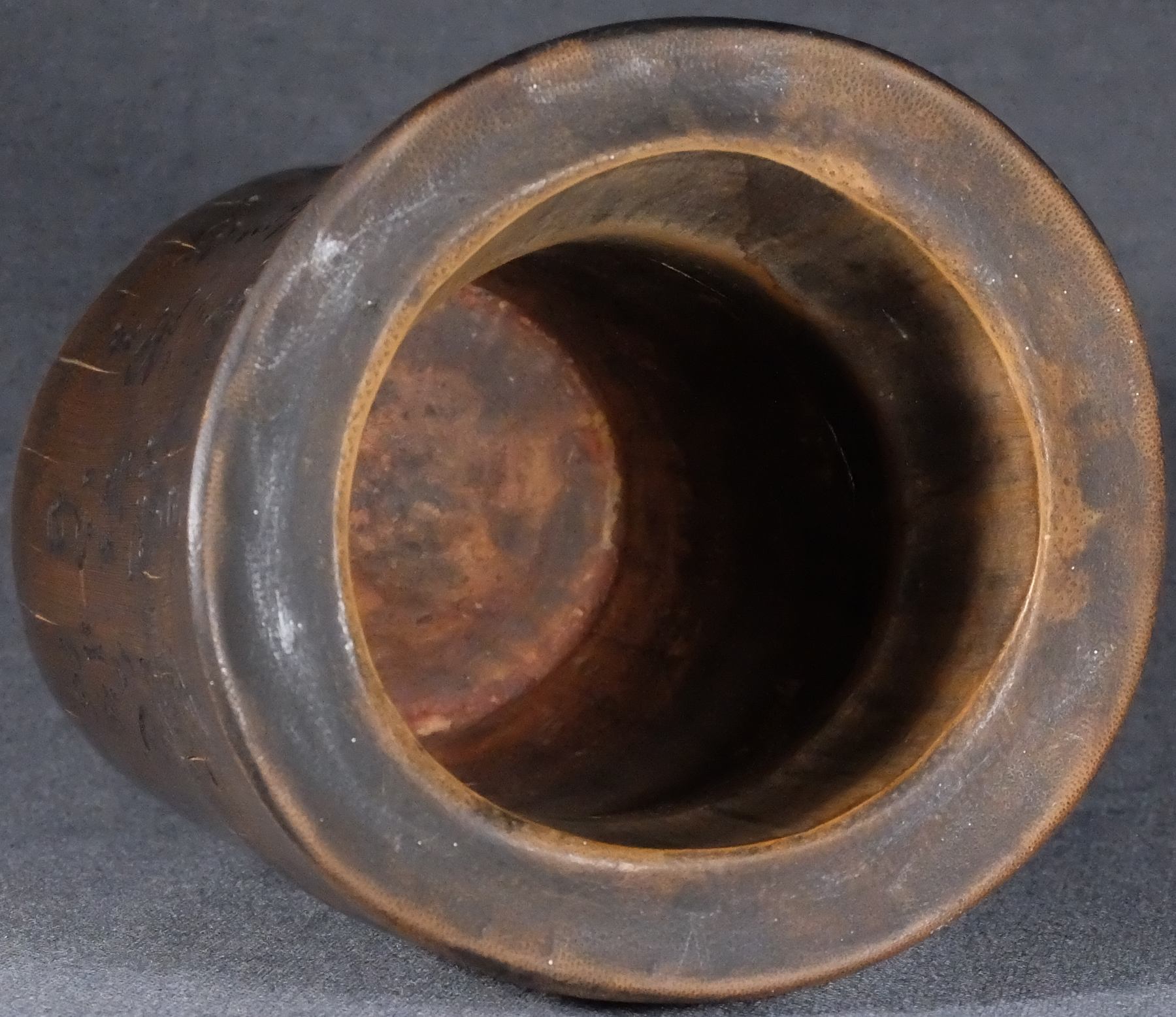
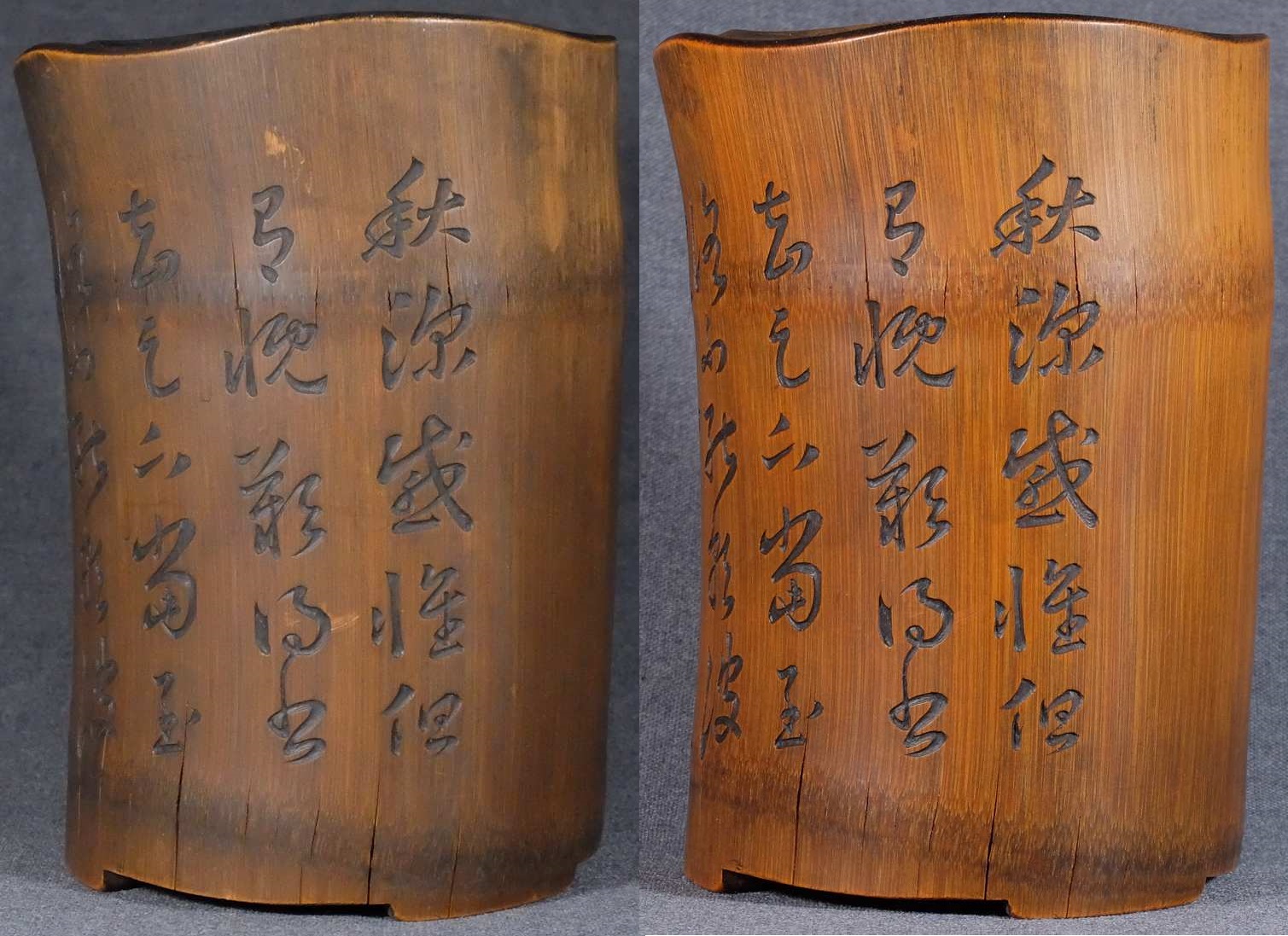
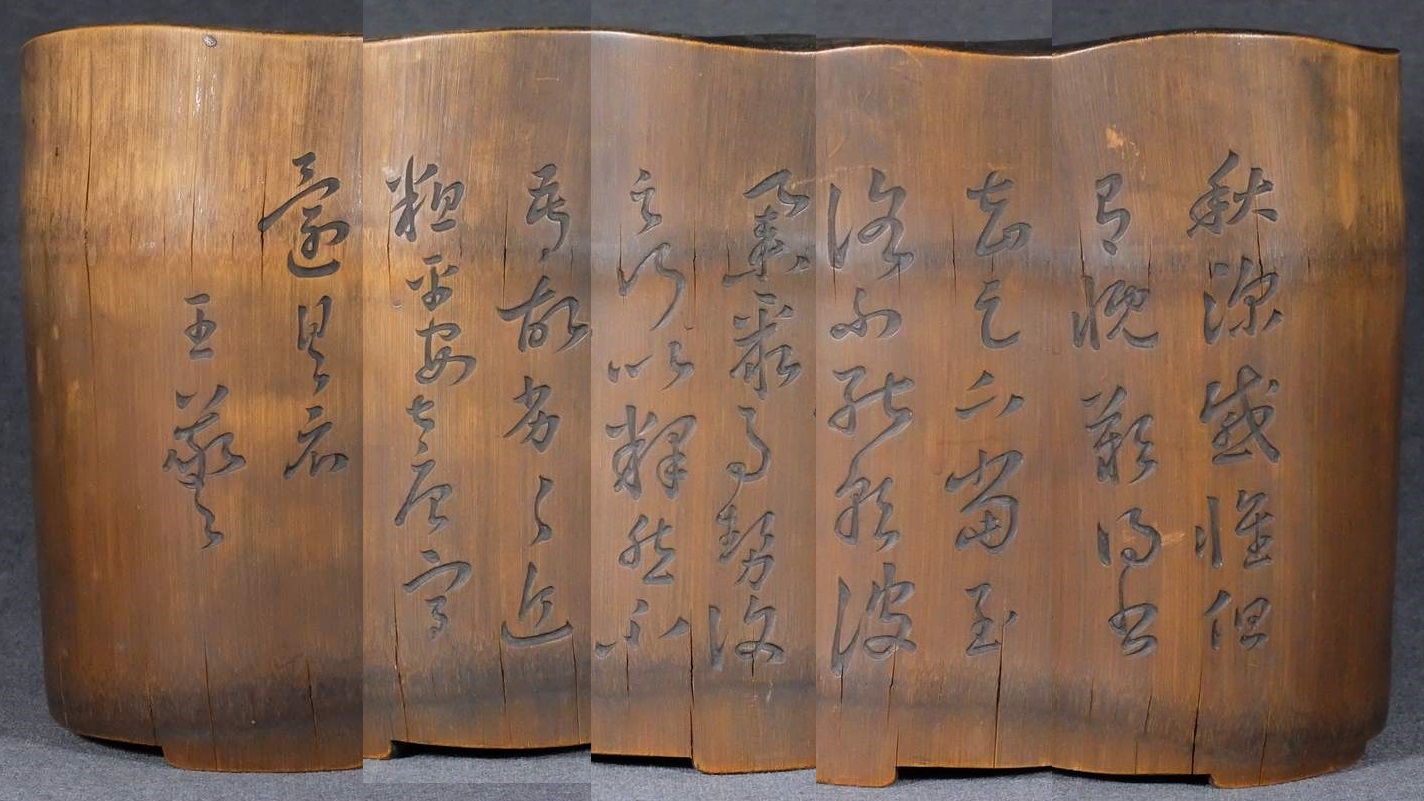
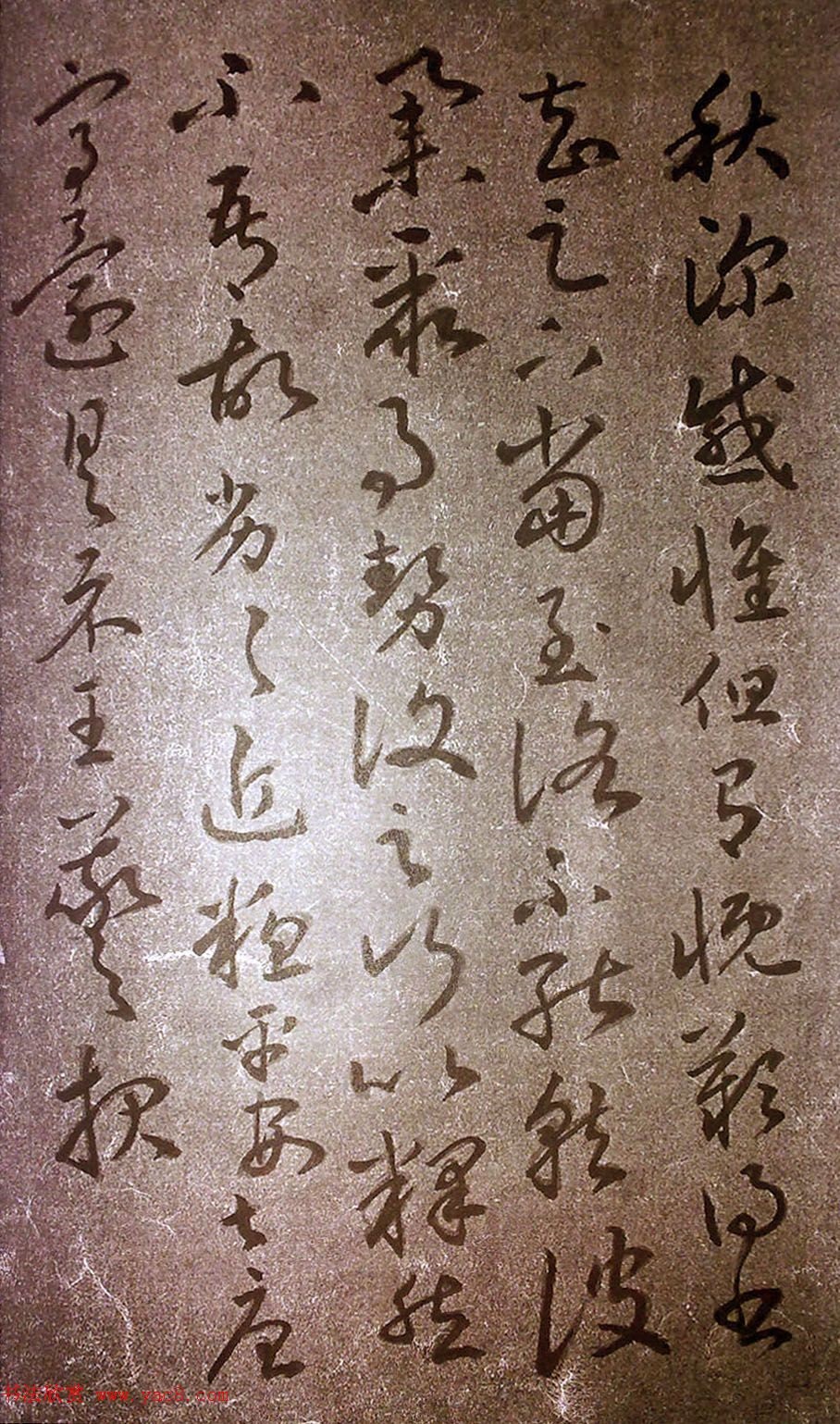
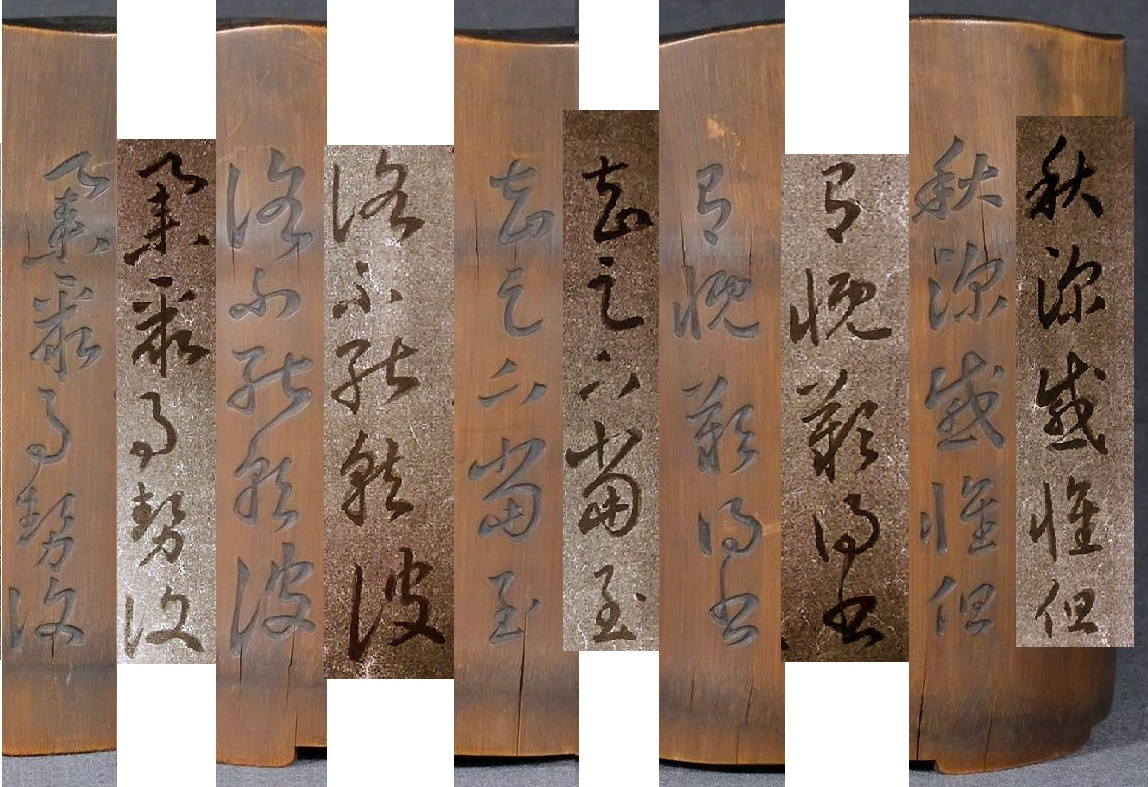
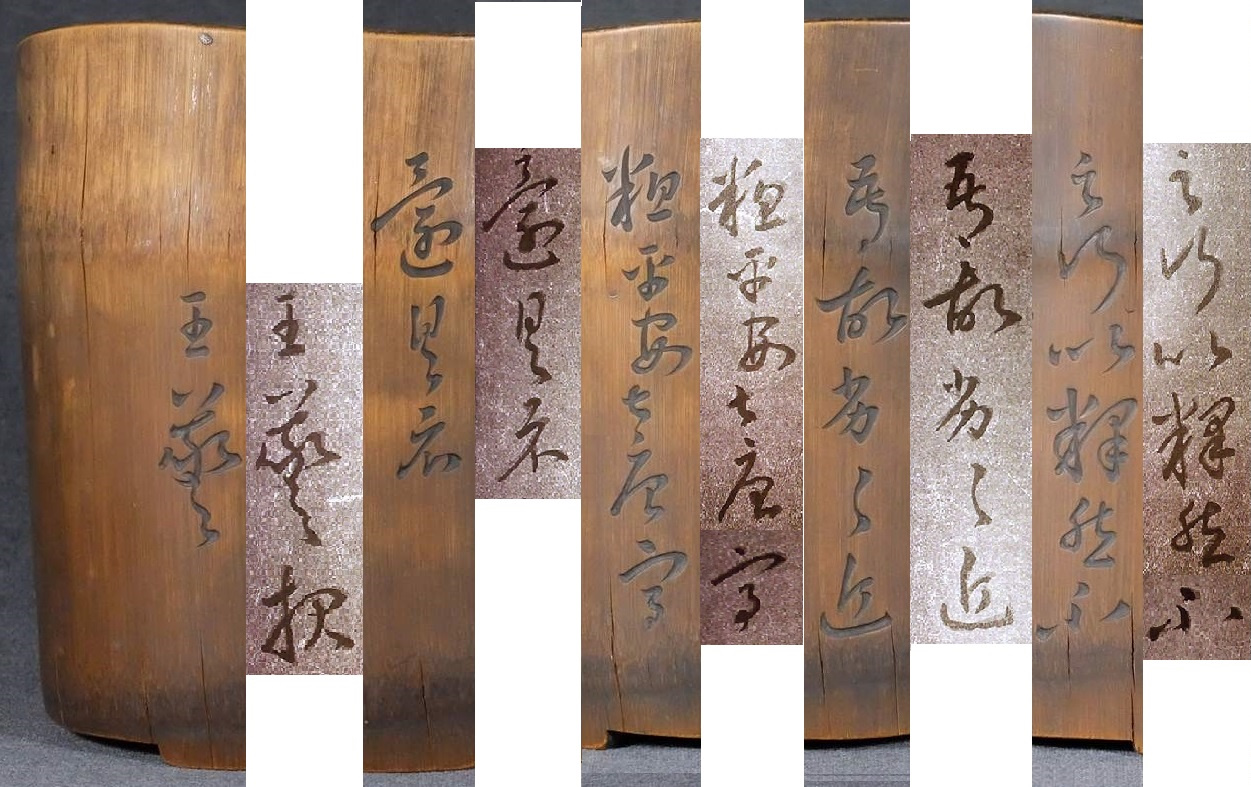
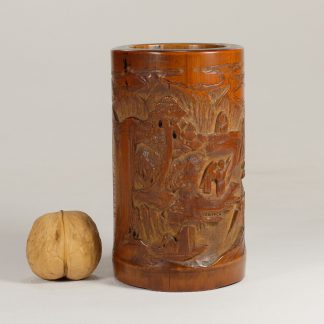
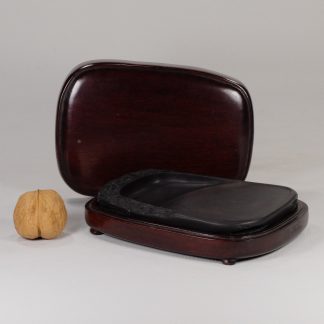
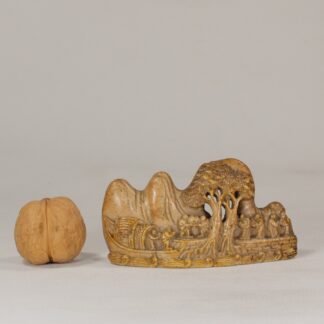
Reviews
There are no reviews yet.